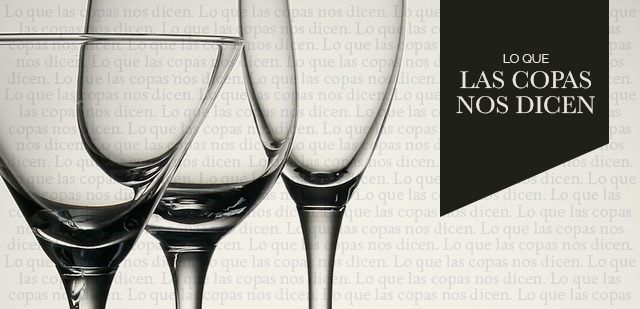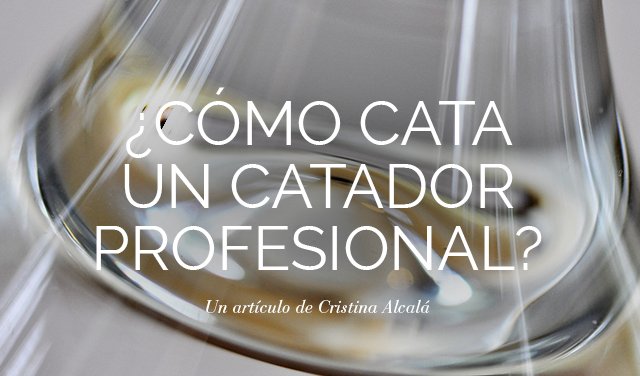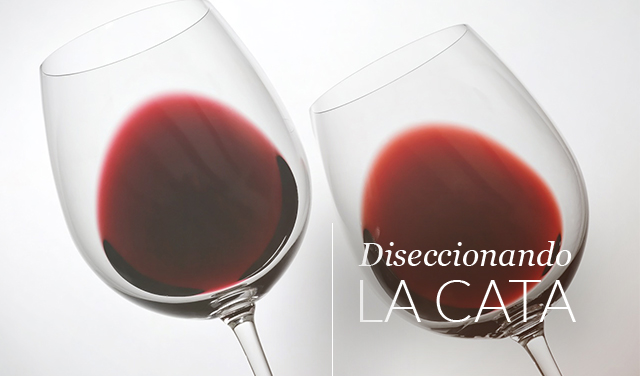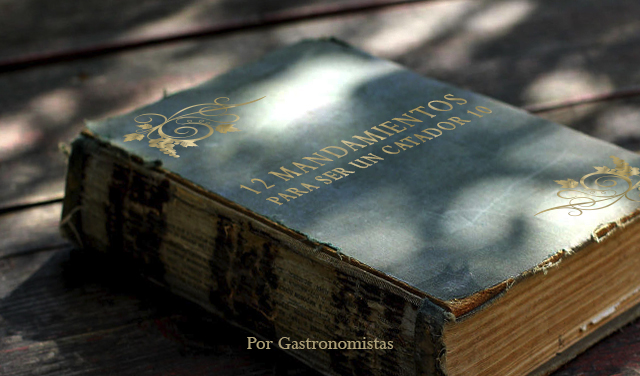What A Wine Can Tell Us

By swirling the wine around the glass, we can learn a lot of things. This is why some sommeliers can identify the variety, region, vintage, price range, even the type of soil... They haven't been struck by sudden enlightenment; no celestial being is magically whispering details into their ear. Instead, with the right experience and training, you can decipher these details from clues provided by the wine itself. Let's take this one step at a time.
- The aromatic notes let you know about the varieties used in making the wine. Some are very aromatic, like Muscat or Gewürztraminer, whose fresh fruit and white floral notes immediately bring them to mind. Other notes, for example, are associated with Cabernet Sauvignon, which might make you think of green bell pepper. However, there are many exceptions to these rules based on individual experience.
- The type of aromas (primary, secondary or tertiary) tell us about the winemaking process. For example, if we pick up on toast, spices or vanilla, if it's French oak, or coconut, if it's American oak, then the wine was barrel aged. Similarly, fermentation-derived aromas (also known as secondary aromas) can result in creamy notes if the wine has undergone a de-acidification process called malolactic fermentation. If the wine has spent time on its lees, it can take on notes reminiscent of brioche. For example, our Milmanda from Conca de Barberà has buttery notes and graceful acidity with oak-imparted roasted nuances. By contrast, the same variety grown in California's Russian River Valley produces Marimar Chardonnay Dobles Lías. The wine ages on its lees for a long time and develops distinctive biscuity notes.
- The region can also be identified by a process of elimination. Sauvignon Blanc, for example, has a different fragrance depending on where it was grown and how it was made. In the Loire Valley it ages on its lees and has undertones of minerality. In New Zealand the variety recalls freshly cut grass, in the US it tends toward more citrusy notes, and in South Africa the same grape evokes an asparagus impression. By comparison, our DO Penedès Fransola preserves its blend of floral and tropical aromas with vegetative undertones, allowing its typicity and masterful craftsmanship to shine.
- In guessing the age of a wine, factors like its color, highlights and rim variation can help us, because whites tend to darken with age, whereas reds lose color.
- Iron-rich soils enhance a wine's color, whereas silica imparts smoothness and alcohol content. Clay adds tannins and texture. This is why the wine's palate provides us with a picture of its terroir.
- The climate characteristics of a given year and how the wine has evolved in bottle provide clues to the vintage. When the vintage is excellent, the wine will truly shine. In less spectacular years, the savvy enologist will seek a blend that emphasizes stability and maintains the brand’s reputation for quality.
- The weight of the wine on the palate will also tell us about its price range. While it is true that this is often based on exclusivity, a palate accustomed to pricing a wine will know that its weight on the palate, its balanced acidity and tertiary aromas are the result of a careful, meticulous and elaborate winemaking process.
- The alcohol content lets us know whether the wine originates from a cold or warm climate. Lots of sunshine produces riper grapes and transforms every 17 grams of sugar into one degree of alcoholic strength during fermentation. The acidity also points to a wine's place of origin.
- The appellation of origin defines a style, the yields per hectare and particular varieties that have become synonymous with the region.
Thus, a wine expert has all of this information in his or her head and can gradually eliminate the possibilities until he or she reaches an answer. He or she might not always get it right, but what matters is having the tools to do so. And all the wine lovers out there will be relieved to hear that this is something you can learn. Not by studying, but by tasting. That being said, if you're surprised at your brother-in-law guessing the vintage... It's probably because he snuck a peek at the wine label!
Meritxell Falgueras



